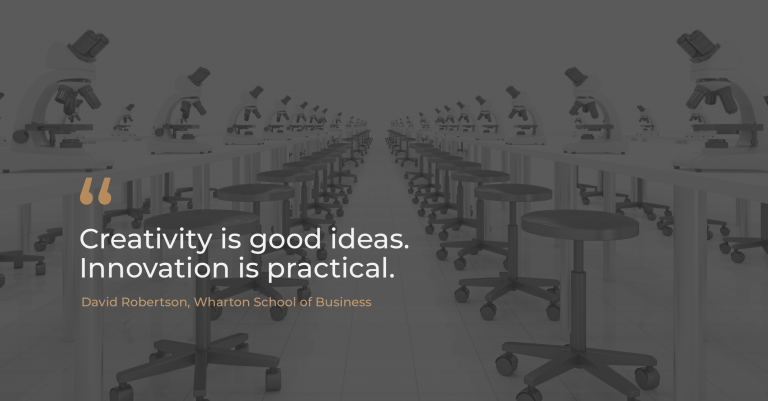Low Back Pain is Hurting Your Work – Here’s What to Do

Low back pain is the leading cause of absence from work, and recognised as the leading cause of disability worldwide. In the United States, an estimated 149 million work days are lost every year because of low back pain, with total costs estimated from 100-200 billion dollars. Furthermore it is a growing problem, due to an ageing populations and more sedentary lifestyles. So the question really isn’t, is low back pain hurting your company, but rather how much?
What to expect with low back pain?
Low back pain is not a disease in itself, though it can be the result of several different known or unknown abnormalities. In nearly all cases of low back pain, the source is simply not known. Most episodes of low back pain improve substantially in the first 6 weeks, however 65% of individuals still experience symptoms at 12 months .
This can make it a frustrating problem to have when back pain sufferers want answers. In the developed world we have become accustomed to a biomedical model of healthcare. That’s to say, I have a problem, so I will see the doctor, who will do some tests, find the problem, and give me the right treatment. It is simply not that simple!
Back pain treatment is useless, according to experts
This headline hit the front page of the Times newspaper in March 2018. It was the opinion of a journalist drawn from a series of papers from the medical journal ‘The Lancet’, which looked into the current status of low back pain management globally, and the recommendations for the future. The papers confronted some long-standing issues faced with the management of low back pain, and roused a call to action.
So does the future looks bleak for back pain sufferers?
No, but a new way of thinking is required in tackling the issue of low back pain to educate individuals, health professionals, employers and the media to address common misunderstandings. The main message is there is a need for a much more holistic, less medicalised, response in dealing with low back pain. This includes physical exercise, psychological therapies and some forms of complementary medicine, but with much less emphasis on pharmacology, surgery and investigations. In Hintsa’s coaching, we place back issues into the biomechanics element of our Circle of Better Life model. However, as all the elements are connected, lifestyle improvement in other areas such as sleep or nutrition can have considerable benefits.
What can individuals do?
Live well with low back pain – Learn to self-manage the condition with healthy holistic lifestyles that restore and maintain function. Take time to understand your low back pain and the factors that influence it.
Keep active and return to normal life – Bed rest, whilst still often advised, is not the answer! Consistently research shows that exercise is much more effective than doing nothing. You may need to modify what you are able to achieve, but aim to maintain or improve as much of your physical activity as you can.
Avoid harmful and useless treatments – There is still a substantial gap between the current evidence for low back pain and what is practiced. As an example surgery and pharmacology are only indicated in a very limited number of cases, however, they are still used routinely. A study in America showed that 61% of patients were prescribed opioids for low back pain, despite them having substantial risks associated with overdose and addiction, and the fact that patients have poorer outcomes with their low back pain in the longer term if prescribed them.
Address the myths and misconceptions– Many of us believe that if we could just see what the problem is, then a solution could be found. However medical investigations rarely can give you a clear understanding of your low back pain, moreover, research has shown that individuals actually have poorer outcomes after knowledge of their investigations.
Aim for changes in your lifestyle in all areas of wellbeing – Did you know that how you sleep and what you eat can have an effect on your back as well? If you are not sleeping sufficiently your body’s nervous system cannot recover and your pain experience can increase as a result . And certain food groups, such as sugary foods, actually cause an inflammatory response in the body, which worsens the symptoms.
What can companies do?
Enable return to work – Research consistently shows that individuals who return to work quickly have better short and longer term results, even if still in pain. Consider what could enable workers to continue to work with their condition?
Help workers to re-integrate with low back pain – Related to the above point, many people living with back pain struggle to maintain their social expectations and obligations. Companies could help by encouraging or providing psychological support.
Keep your employees moving – Sedentary lifestyles are a large risk factor for low back pain. Encourage your employees to keep active in their work day, find innovative ways to get them out of their chairs.
Invest in exercise – Exercise is the most effective thing that can be done for low back pain. Could you company invest in exercise equipment or give time in the working day for your employees to exercise.
Prevention remedies at work – In recent years companies have invested increasingly in ergonomic adaptations, however, the evidence for their efficacy is questionable.
Don’t back up, get moving!
There is still little research on the prevention of low back pain, and further development and new solutions are needed to make real progress managing the condition well. Would you like to find out how you score on the different areas of wellbeing and how that affects your performance? Take our Better Life Pulse test, and get some recommendations for biomechanics issues and much more.


